Table of Contents
Picture this: you’re standing in your kitchen at 7 AM, sleepy-eyed but determined to pull the perfect espresso shot. You’ve got your beans dialed in, your grind size sorted, and your water temperature just right. But there’s one crucial element that could make or break your morning ritual—espresso brewing pressure. It’s the invisible force that transforms ordinary ground coffee into that rich, golden elixir we all crave. ☕
I’ve been down this rabbit hole myself, and I can tell you that understanding pressure is like unlocking a secret code to consistently amazing espresso. Whether you’re rocking a budget machine or splurging on a prosumer setup, mastering pressure will elevate your home brewing game from “meh” to “café-quality at home.”
Key Takeaways
- 9 bars of pressure is the gold standard for espresso extraction, creating the perfect balance between flavor extraction and crema formation
- Pressure profiling allows you to customize extraction by varying pressure throughout the brewing process, unlocking different flavor characteristics
- Pre-infusion pressure (2-4 bars) helps saturate coffee grounds evenly before full extraction begins
- Machine type matters—manual, semi-automatic, and super-automatic machines handle pressure differently, affecting your control and results
- Troubleshooting pressure issues can solve common problems like sour shots, over-extraction, and poor crema formation
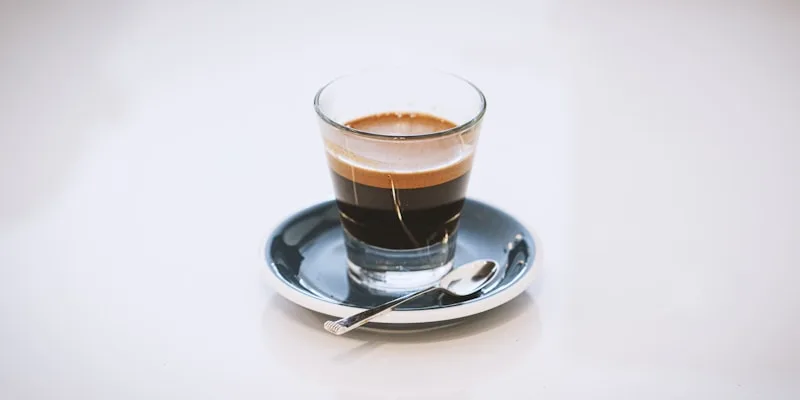
What Exactly Is Espresso Brewing Pressure?
Let’s start with the basics. Espresso brewing pressure is the force that pushes hot water through your finely ground coffee. Think of it like a controlled explosion happening inside your machine—water gets pressurized and forced through the coffee puck at incredible speed, extracting oils, acids, and aromatic compounds in just 25-30 seconds.
This isn’t just any old brewing method. While your French press relies on time and your pour-over uses gravity, espresso is all about pressure. It’s what creates that signature thick, syrupy texture and the beautiful golden crema that sits on top of your shot.
Why Pressure Matters More Than You Think
Here’s something I learned the hard way: you can have the most expensive beans and the perfect grind, but without proper pressure, you’re just making strong coffee—not espresso. Pressure is what:
- Extracts oils and emulsifies them into that rich, velvety texture
- Creates crema by forcing CO2 out of the coffee oils
- Controls extraction speed to balance acids, sugars, and bitter compounds
- Determines flavor intensity and body of your final shot
When I first started my espresso journey, I thought pressure was just something that happened automatically. Boy, was I wrong! Understanding how it works opened up a whole new world of flavor possibilities.
Research from the Coffee Science Foundation highlights how espresso brewing pressure directly influences flavor extraction, body, and aroma by controlling the rate at which soluble compounds dissolve.
The Science Behind the Perfect 9 Bars
You’ve probably heard the magic number: 9 bars of pressure. But why exactly 9? It’s not arbitrary—there’s real science behind this standard.
Breaking Down the Numbers
9 bars equals roughly 130 PSI (pounds per square inch). To put that in perspective, that’s about 9 times the atmospheric pressure at sea level. This specific pressure creates the perfect storm for espresso extraction:
| Pressure Range | Effect on Extraction | Flavor Profile |
|---|---|---|
| 6-7 bars | Under-extraction | Sour, weak, thin |
| 8-9 bars | Optimal extraction | Balanced, rich, complex |
| 10-12 bars | Over-extraction | Bitter, harsh, astringent |
The Goldilocks Zone
I like to think of 9 bars as the “Goldilocks zone” of espresso brewing pressure. It’s not too little (which would leave you with weak, sour coffee) and not too much (which would blast through your grounds and create bitter, over-extracted mess). It’s just right for:
- Proper resistance from the coffee puck
- Optimal extraction time of 25-30 seconds
- Balanced flavor extraction of acids, sugars, and oils
- Consistent crema formation
According to the Barista Institute, consistent 9-bar espresso brewing pressure allows for optimal extraction of oils, acids, and aromatics — creating balanced, full-bodied espresso.
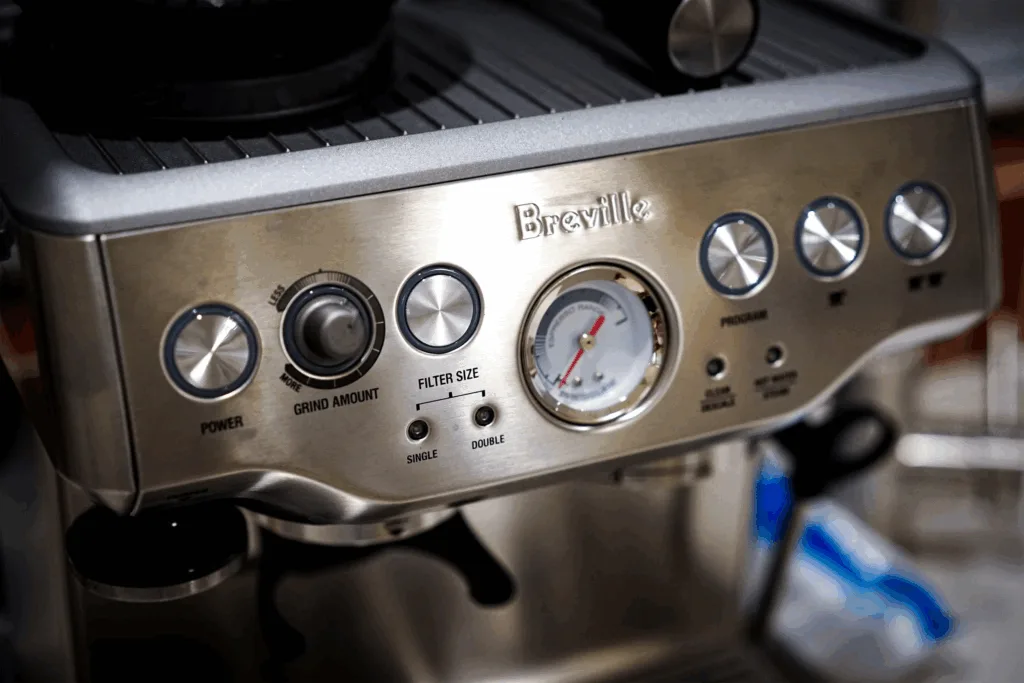
How Different Machines Handle Espresso Brewing Pressure
Not all espresso machines are created equal when it comes to pressure control. Let me break down the main types and how they affect your brewing experience.
Manual Machines: You’re in Control
Manual lever machines put you in the driver’s seat. You literally control the pressure with your arm strength and technique. It sounds intimidating, but there’s something magical about feeling the resistance change as you pull a shot.
Pros:
- Complete pressure control
- Can create custom pressure profiles
- No electricity needed
- Often more affordable
Cons:
- Steep learning curve
- Physically demanding
- Inconsistent results until you master technique
Semi-Automatic: The Sweet Spot
These machines maintain consistent 9-bar pressure automatically, but you control start and stop times. This is where most home baristas find their groove—enough control to dial in shots without the complexity of manual pressure management.
Super-Automatic: Set It and Forget It
Built-in pressure regulation means you don’t need to think about it. Great for convenience, but you lose the ability to experiment with pressure profiling. Our comparison guide can help you decide which type fits your brewing style.
Pre-Infusion: The Gentle Start
Before we hit full 9-bar pressure, there’s a crucial step called pre-infusion. This is where things get really interesting for espresso brewing pressure control.
What Happens During Pre-Infusion
Pre-infusion applies 2-4 bars of gentle pressure for 3-8 seconds before ramping up to full extraction pressure. Think of it as waking up your coffee grounds gradually rather than shocking them awake.
During this phase:
- Coffee grounds swell and bloom as they absorb water
- CO2 escapes from freshly roasted beans
- Even saturation prevents channeling and uneven extraction
- Pressure builds gradually for smoother extraction
Why I Swear by Pre-Infusion
I used to skip pre-infusion on my old machine, thinking it was just an unnecessary delay. Then I upgraded to a machine with programmable pre-infusion, and the difference was night and day. My shots became:
- More consistent from shot to shot
- Better balanced with less sourness
- Richer in body and mouthfeel
- More forgiving with grind size variations
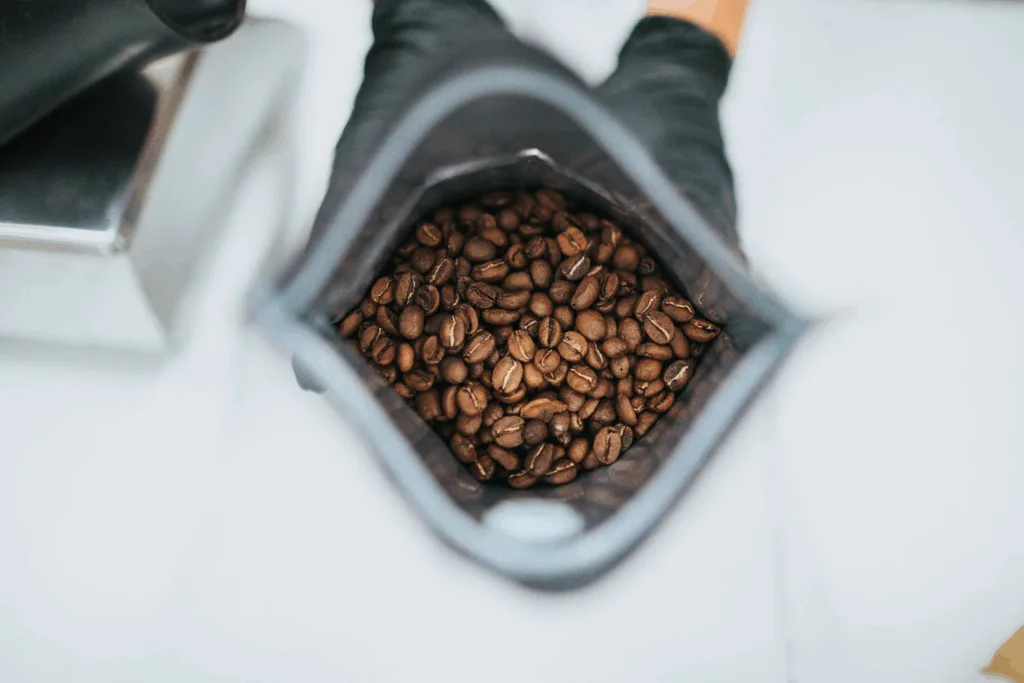
Pressure Profiling: Advanced Techniques
Once you’ve mastered basic espresso brewing pressure, you might want to explore pressure profiling—varying the pressure throughout the extraction process to highlight different flavor characteristics.
Common Pressure Profiles
Classic Profile:
- Pre-infusion: 3 bars for 5 seconds
- Ramp up: Gradual increase to 9 bars
- Extraction: Steady 9 bars for 20-25 seconds
Declining Profile:
- Start high (10-11 bars) for quick initial extraction
- Gradually decrease to 6-7 bars
- Prevents over-extraction while maintaining body
Blooming Profile:
- Extended pre-infusion (8-10 seconds)
- Slow ramp to full pressure
- Perfect for light roasts and single origins
When to Experiment with Profiles
I recommend mastering standard 9-bar extraction first before diving into pressure profiling. Once you can consistently pull good shots, experimenting with different profiles can help you:
- Tame harsh, bitter beans with declining pressure
- Brighten up dark roasts with extended pre-infusion
- Maximize sweetness in medium roasts with custom curves
Troubleshooting Common Pressure Problems
Even with the best equipment, pressure-related issues can crop up. Here’s how to diagnose and fix the most common problems I’ve encountered.
Problem: Shots Pull Too Fast (Under 20 seconds)
Likely Causes:
- Grind too coarse
- Dose too low
- Poor tamping technique
- Pressure too high
Solutions:
- Grind finer
- Increase dose by 1-2 grams
- Check pressure gauge—should read 9 bars during extraction
- Ensure even, firm tamping
Problem: Shots Pull Too Slow (Over 35 seconds)
Likely Causes:
- Grind too fine
- Dose too high
- Over-tamping
- Insufficient pressure
Solutions:
- Grind slightly coarser
- Reduce dose
- Lighter tamping pressure
- Check for pressure loss in machine
Problem: Weak Crema or No Crema
Crema formation is directly tied to pressure. Without adequate espresso brewing pressure, you won’t get that beautiful golden foam layer.
Quick Fixes:
- Verify 9-bar pressure during extraction
- Check bean freshness (2-30 days post-roast)
- Ensure proper dose (18-20g for double shot)
- Clean machine to remove oil buildup
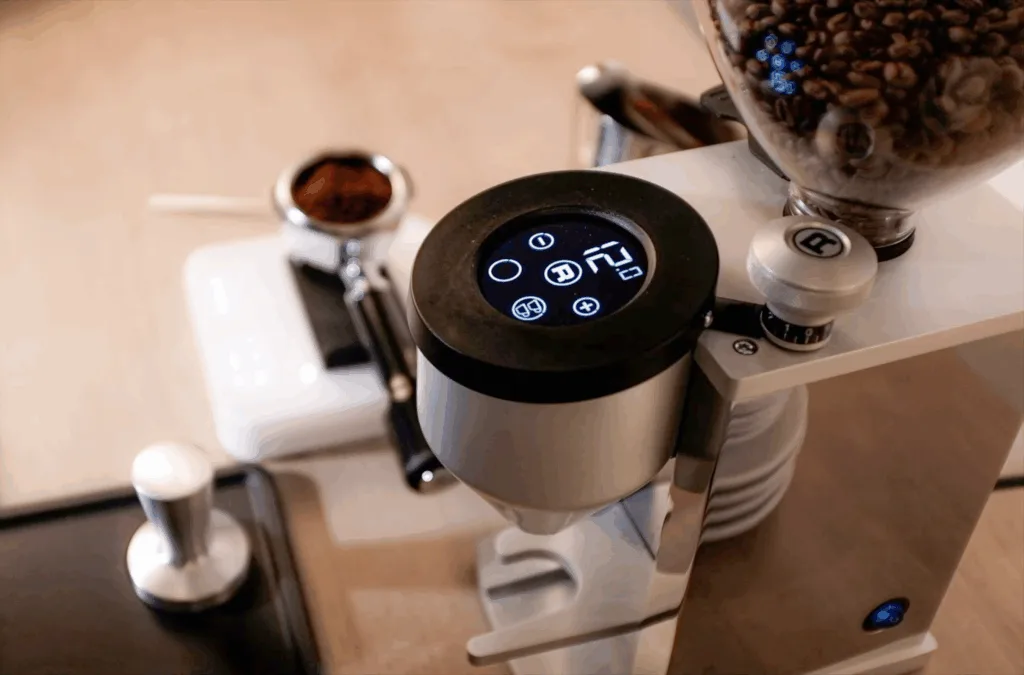
If you’re experiencing these issues, our FAQ section covers many common troubleshooting scenarios.
Advanced Pressure Techniques for Home Baristas
Ready to take your pressure game to the next level? Here are some advanced techniques I’ve picked up over the years that can seriously elevate your espresso.
The Pressure Pulse Technique
This involves brief pressure variations during extraction:
- Standard pre-infusion (3-4 bars)
- Quick ramp to 10 bars for 5 seconds
- Drop to 8 bars for remainder of shot
This technique can enhance sweetness and reduce bitterness, especially with darker roasts.
Temperature and Pressure Surfing
On single-boiler machines, you can “surf” temperature and pressure cycles:
- Wait for optimal temperature window
- Time your shot with pressure peak
- Adjust timing based on machine behavior
The Declining Pressure Finish
Start your shot at 9 bars, then gradually reduce pressure in the final 10 seconds:
- Prevents over-extraction
- Maintains crema integrity
- Smooths out harsh flavors
For specific machine recommendations, browse our products section where we’ve curated options for every budget and skill level.
The Future of Pressure Technology
The espresso world keeps evolving, and pressure technology is no exception. Here’s what’s on the horizon:
Smart Pressure Systems
Modern machines are incorporating:
- App-controlled pressure profiles
- Automatic pressure adjustment based on bean type
- Learning algorithms that adapt to your preferences
- Real-time pressure monitoring with smartphone alerts
Precision Engineering
Manufacturers are achieving:
- More accurate pressure delivery (±0.1 bar)
- Faster pressure ramping
- Better temperature stability during pressure changes
- Quieter operation
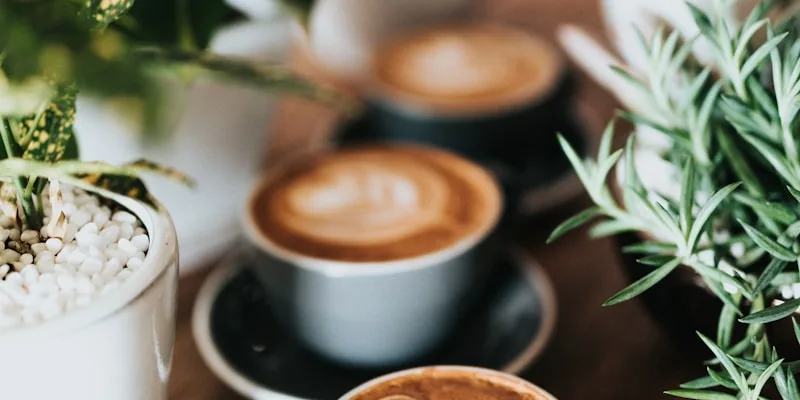
Pressure and Different Coffee Origins
Different coffee origins respond uniquely to espresso brewing pressure. Here’s what I’ve learned about matching pressure techniques to bean characteristics:
African Coffees (Ethiopian, Kenyan)
- Bright, acidic profiles benefit from gentle pressure ramping
- Extended pre-infusion (6-8 seconds) enhances floral notes
- Slightly lower final pressure (8-8.5 bars) prevents over-extraction
Central/South American (Colombian, Brazilian)
- Balanced profiles work well with standard 9-bar pressure
- Moderate pre-infusion (4-5 seconds)
- Consistent pressure throughout extraction
Asian Coffees (Indonesian, Vietnamese)
- Earthy, full-bodied beans handle higher pressure well
- Shorter pre-infusion (3-4 seconds)
- Can benefit from declining pressure profiles
Understanding these regional characteristics helps you optimize your pressure settings for different beans in your rotation.
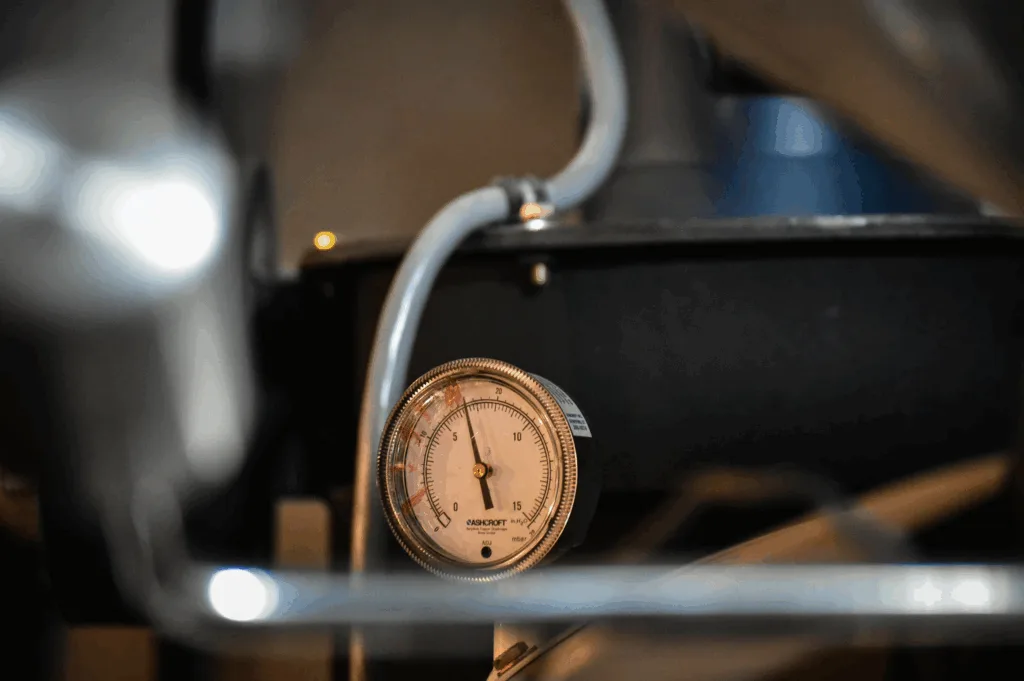
Creating Your Personal Pressure Profile
After months of experimentation, you’ll develop preferences for how you like your espresso. Here’s how to create and document your personal pressure profile:
Documentation System
Keep a simple log noting:
- Bean origin and roast date
- Grind setting
- Dose weight
- Pre-infusion time and pressure
- Extraction pressure and time
- Taste notes
Signature Profile Development
Based on your preferences, develop 2-3 go-to profiles:
- Daily Driver: Reliable profile for morning routine
- Weekend Explorer: Experimental profile for trying new beans
- Guest Pleaser: Crowd-friendly profile for entertaining
Sharing and Learning
The espresso community loves sharing knowledge. Document your discoveries and learn from others’ experiences. What works in your kitchen might inspire someone else’s perfect shot.
Conclusion: Mastering the Invisible Force
Understanding espresso brewing pressure has been one of the most rewarding aspects of my coffee journey. It’s the invisible force that transforms simple ground beans into liquid gold, and mastering it gives you incredible control over your daily coffee ritual.
Remember, pressure isn’t just about hitting 9 bars and calling it done. It’s about understanding how this force interacts with every other brewing variable—grind size, temperature, timing, and bean characteristics—to create balanced, delicious espresso.
Your Next Steps
- Start with the basics: Master consistent 9-bar extraction before exploring advanced techniques
- Invest in a pressure gauge if your machine doesn’t have one—you can’t manage what you can’t measure
- Experiment systematically: Change one variable at a time and document your results
- Practice daily: Consistency comes from repetition and mindful attention to detail
- Join the community: Share your discoveries and learn from other passionate home baristas
The beauty of espresso lies in its complexity and the endless opportunities for improvement. Every shot is a chance to refine your technique and deepen your understanding of this incredible brewing method.
Whether you’re pulling your first shot or your thousandth, remember that great espresso is a journey, not a destination. Embrace the process, celebrate the small victories, and never stop learning. Your perfect shot is waiting—you just need the right pressure to unlock it. ☕
For more espresso insights, brewing guides, and equipment recommendations, explore our complete collection of resources at Espresso Insider. We’re here to help you brew with confidence, one perfectly pressurized shot at a time.
☕ FAQs — Espresso Brewing Pressure
What is espresso brewing pressure?
Espresso brewing pressure is the force that pushes hot water through compacted coffee grounds during extraction. Typically measured in bars, it’s what creates espresso’s rich body and creamy texture. The ideal espresso brewing pressure is around 9 bars, which ensures balanced flavor and consistent crema.
Why is 9 bars considered the standard for espresso?
Nine bars is the sweet spot for optimal extraction—strong enough to emulsify oils and pull out sweetness, but not so high that it causes bitterness or over-extraction. At 9 bars, espresso achieves its signature balance of acidity, sweetness, and body, along with that golden crema on top.
What happens if espresso brewing pressure is too low or too high?
Low pressure (under 7 bars) leads to under-extracted espresso—thin, sour, and weak. High pressure (above 10 bars) can cause over-extraction, producing bitter, harsh flavors. Consistent, calibrated pressure ensures even water flow and ideal extraction within 25–30 seconds.
Do all espresso machines use the same pressure?
Not exactly. Manual, semi-automatic, and super-automatic machines handle pressure differently. Manual levers let you control pressure by hand, while automatic machines regulate it electronically for consistency. Higher-end machines also feature pressure profiling for fine-tuning flavor.
What is pre-infusion and how does it affect pressure?
Pre-infusion is the gentle application of 2–4 bars of pressure before full extraction begins. This step allows the coffee puck to saturate evenly, preventing channeling and improving flavor balance. Proper pre-infusion helps achieve smoother, more consistent espresso shots, especially with fresh beans.


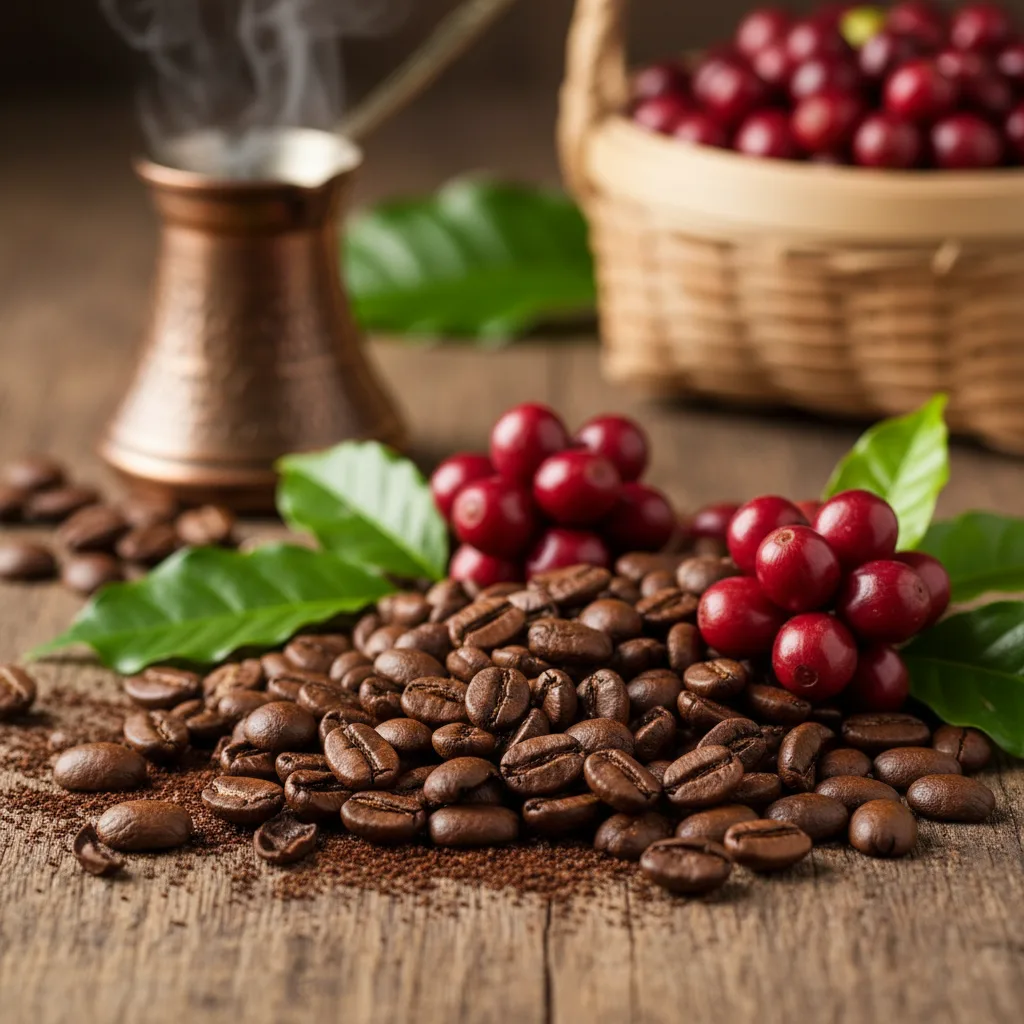
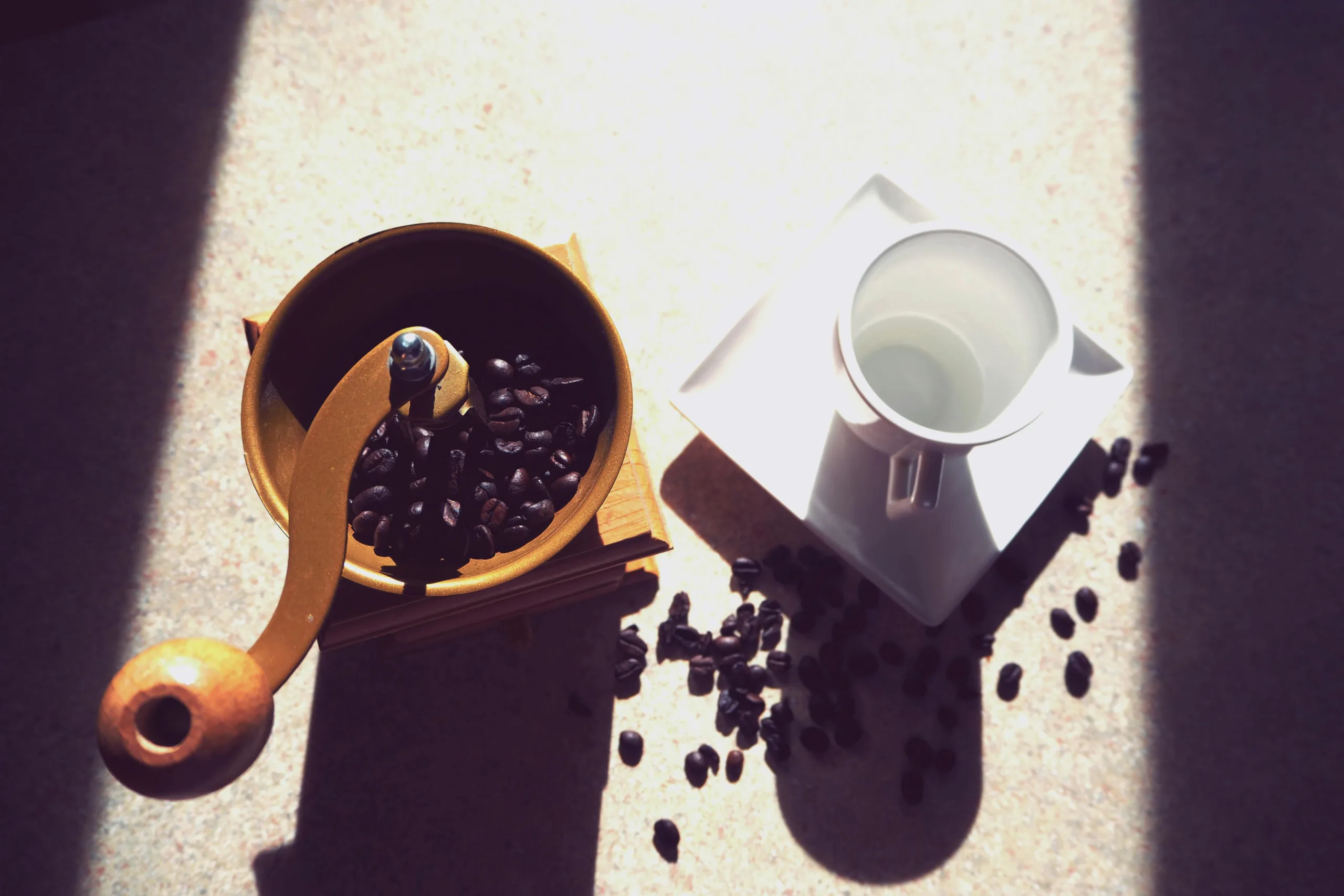
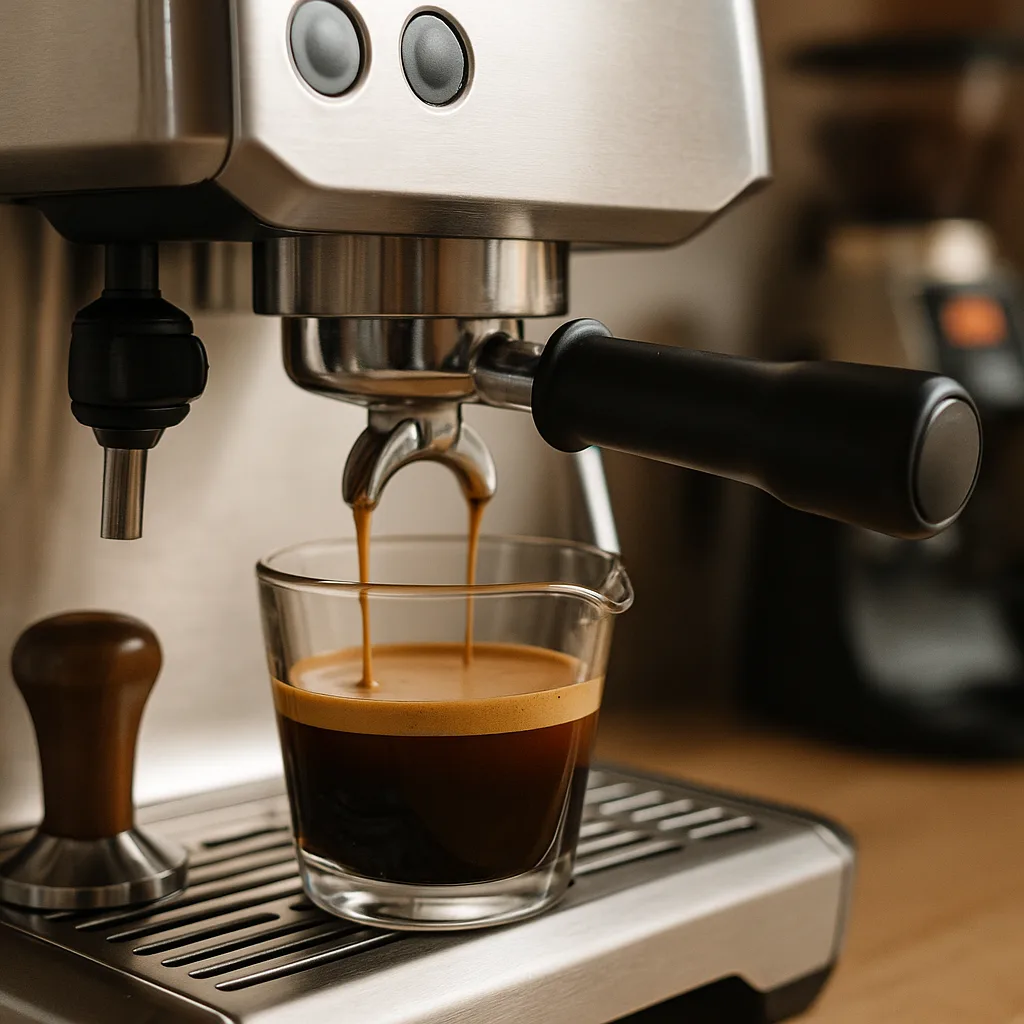
Leave a Reply
You must be logged in to post a comment.